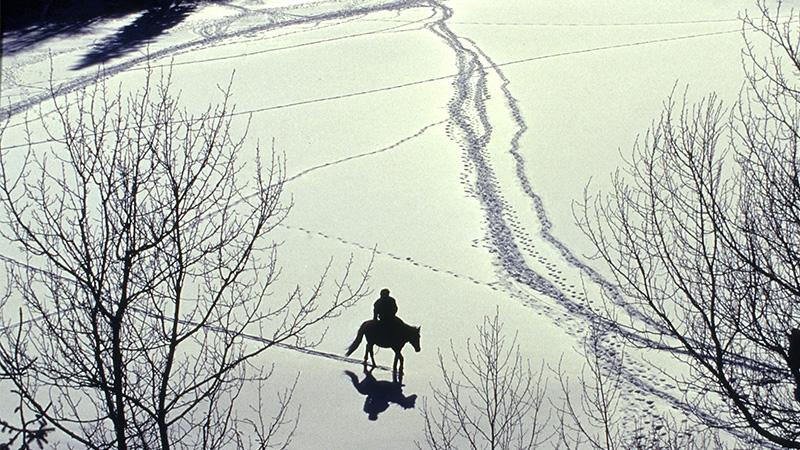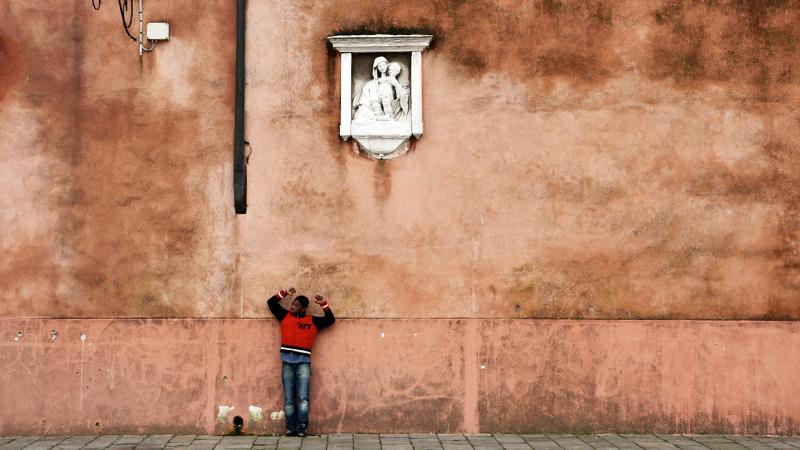The Isolated Jewel
Episode #3 of the course Master photographic composition by Tom Ang
Hello!
The previous two days, we’ve been filling the frame with lots for the viewer to look at. Today, we’re looking at the power of emptiness. Some people call it negative space. But for me, all space is positive. Sometimes, space shapes an object. Other times, space wraps around and isolates a jewel.
That’s what we’ll learn today.
The Power of Simplicity
Patterns and shapes in images make for visual richness. But strong photographic compositions can also be visually economical. It’s like the difference between a rich soup and thin soup. But the thin soup actually carries a few very tasty bits. Don’t we really appreciate those little bits? Visually, you’re looking for thin soup with yummy bits.
• We want large expanses of even tone and textures that envelope or lead toward a visually tasty bit.
This is often an object carrying a strong, bright color, a person, or an eye-catching shape, such as a bird in flight. We want something that rewards the viewer’s eye with a visual treat. We make the traverse over our image worthwhile. That’s one of the marks of a strong composition.
You can try this:
• Look out for large expanses of fairly even tone or texture in a public space. It can be the side of a building, a lawn or parkland, a brick wall, etc. If there are contrasting lines or textures, such as a tree or shadows falling on the expanse, so much the better. Now wait for someone or thing to enter the space. Start shooting—one frame every second or so—as soon as they enter your frame and stop only when they exit. Check your images and see which one works best. For the shot of the frozen lake, I followed the horse rider, shooting and adjusting my composition as he came from a distance.

• Sometimes you may have to reverse the process and wait for an area to clear. This removes distractions and people you don’t want in shot. The image of a boy leaning against a wall, for instance, was possible only because crowds of tourists in Florence conveniently walked out of view for a brief second—the very second the boy decided to have a stretch.
• This exercise is the reverse of the first one and can be rather trickier. Try tracking a moving object—it could be a walking person, a bird in the sky, or a car in landscape. This means you keep your subject in view and fire off a shot as they pass different backgrounds. This technique is a good one to practice when you’re in a boat and have seagulls following: The background can vary from the sky to sea to harbor, all from one viewpoint.
I hope you are having fun with the techniques I’m sharing with you. You can put them to use as soon as you walk out of your house or office.
Tomorrow, we have a change of emphasis, to learn about working with color.
Cheers!
Tom
Recommended resource
American Color: A virtuoso collection by Constantine Manos; a masterclass for a wide range of compositional techniques, including the isolated jewel.
Recommended book
Capture the Magic: Train Your Eye, Improve Your Photographic Composition by Jack Dykinga
Share with friends

